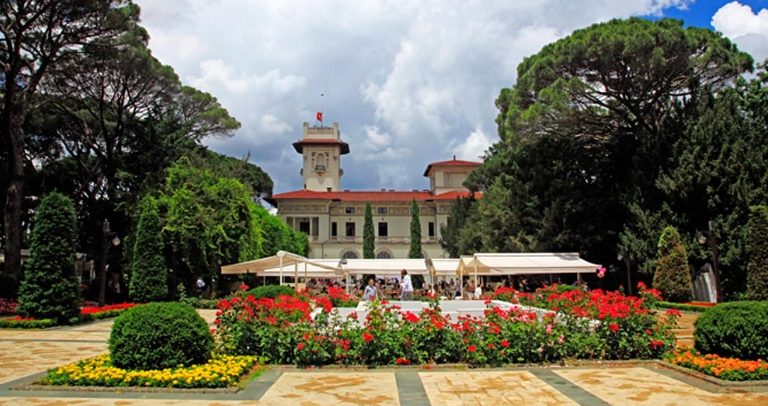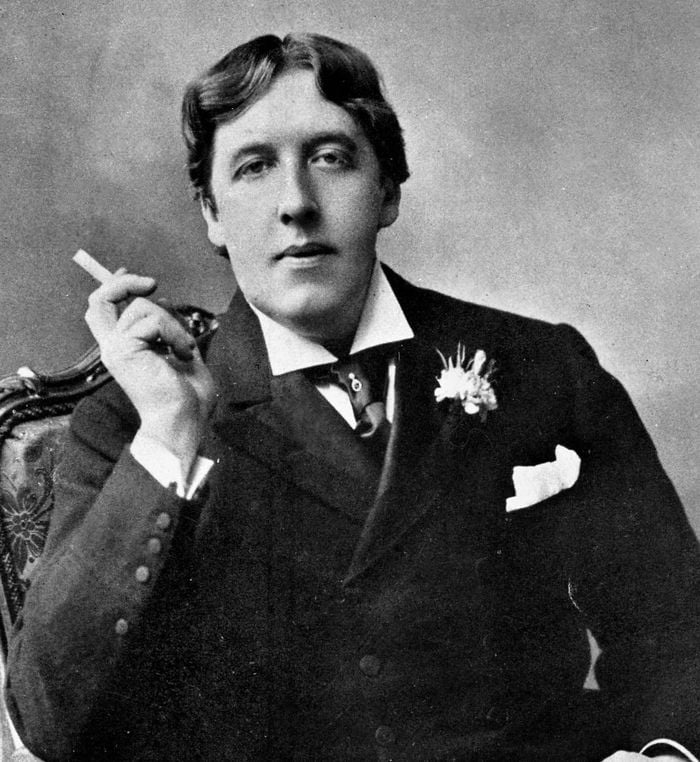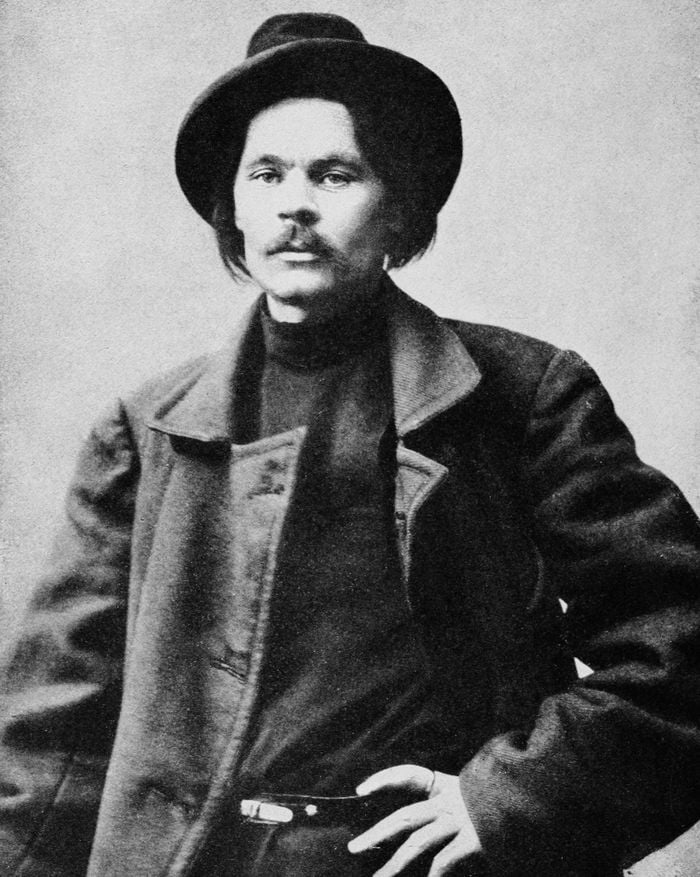Shows and fireworks on the Golden Horn
That day the heart of Istanbul and of the empire was beating at this procession.
The participants wore their best outfits and carried their most valuable arms and pistols. Ahmet III was trying to show his power and wealth to his people with, this street parade instead of revealing his supremacy to the entire world in the battlefields. With the feasts and festivities he organized, with the mansions he had built during the Tulip Era and with all the luxury, he had changed the outlook of the capital city and ushered a new epoch in the Empire. The wedding day was a historic day for Istanbul. Everybody on the streets was happy. Joy was in the air. The streets were overcrowded. The windows were wide open. Faces beneath the veils were praying for the happiness of the bride and for the wealth, dashing look of the Sultan and his procession.
The procession was literally throwing money on the streets. People were stepping on each other to snap the coins. The procession arrived Eyiip, at the palace, prepared for Fatma Sultan. The procession participants disintegrated. Everyone had an entertainment to watch. Padishah and his wife went back to their palace. In the evening shows were staged on the Golden Horn, while fireworks were being lit on rafts.
Silahtar Ali Pasha dies in war
After this tiring and overwhelming wedding, which lasted for 25 days…
Silahtar Ali Pasha could not have Fatma Sultan. He had to send her back to the palace and wait for a while until she grows up and becomes a young lady. Silahtar Ali Pasha had to wait eight years for Fatma Sultan`s adolescence. He never had a chance to have a single private moment with her. Unfortunately, he died in Pclervaradin War before he could reunite with his fiancee, for whom he spent a fortune and organized feasts for weeks in order to gain supporters for his love. He became a martyr before he could realize his dreams.
Kosem Sultan marries her daughters
In the Ottoman Empire, the Sultans could marry before they were adolescents, but they could not share the same house with their spouses. This tradition was started by the well-known empress, Valide Kosem Sultan. For the sake of fortifying her position in the palace, Kosem Sultan married her minor daughters with the elite and reputable pashas of the time. Likewise, Ahmet 1 married her daughters Ayse Sultan and Fatma Sultan at the age of 13. Sultan Ibrahim married Gevher Sultan at 3, Beyhan Sultan at 2. Emine, Ay§e and Safiye Sultans, the three daughters of Mustafa II, were married at 7. As mentioned above, Ahmet III had his daughters Fatma and Ummugulsum married at 5 and 2. Moreover, he married Atike Sultan at 12. Mustafa III married his son §ah Sultan at 3. This abnormality continued until the reign of MahmuL II, who pul an end to this situation and set the marriage time as the adolescence.
Multiple marriages
This weird tradition described above and the ongoing wars had a natural consequence. The sultans were widowed many times and were married more than once. The daughters of Ahmet I, Ayse, Fatma and Safiye, all married 6 times, which was a dynasty record. This record is followed by Safiye and Emine, daughters of Mustafa II, who married 4 times. So did Atike Sultan, daughter of Ahmet III.
Read More about Arabian Bazaar








